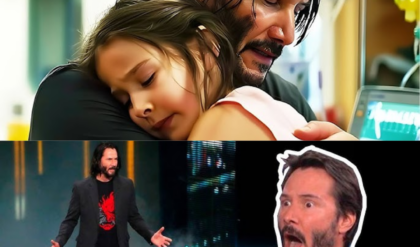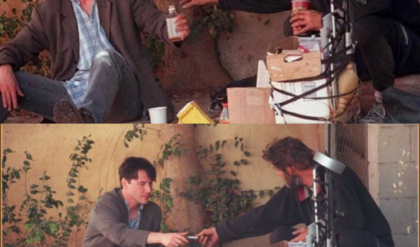
This wasn’t the only cover-up perpetrated by the Jedi in The Acolyte, either, with steps being taken to prevent word of dark side wielders spreading and Jedi Masters carefully plotting to evade the scrutiny of both the High Council and the Senate. At the same time as the Jedi themselves were straying from the light, forces were mounting in the Senate and in the shadows of the galaxy, planning on bringing about the downfall of the Jedi Order. Star Wars‘ High Republic era has been defined by the strength, prominence and excellence of the Jedi of this period. With the Jedi Order of The Acolyte struggling to maintain their position of privilege in the galaxy, the series could see the High Republic era come to a close, as the downfall of the Jedi begins.
The Acolyte Shows the High Republic’s Jedi Order in Decline
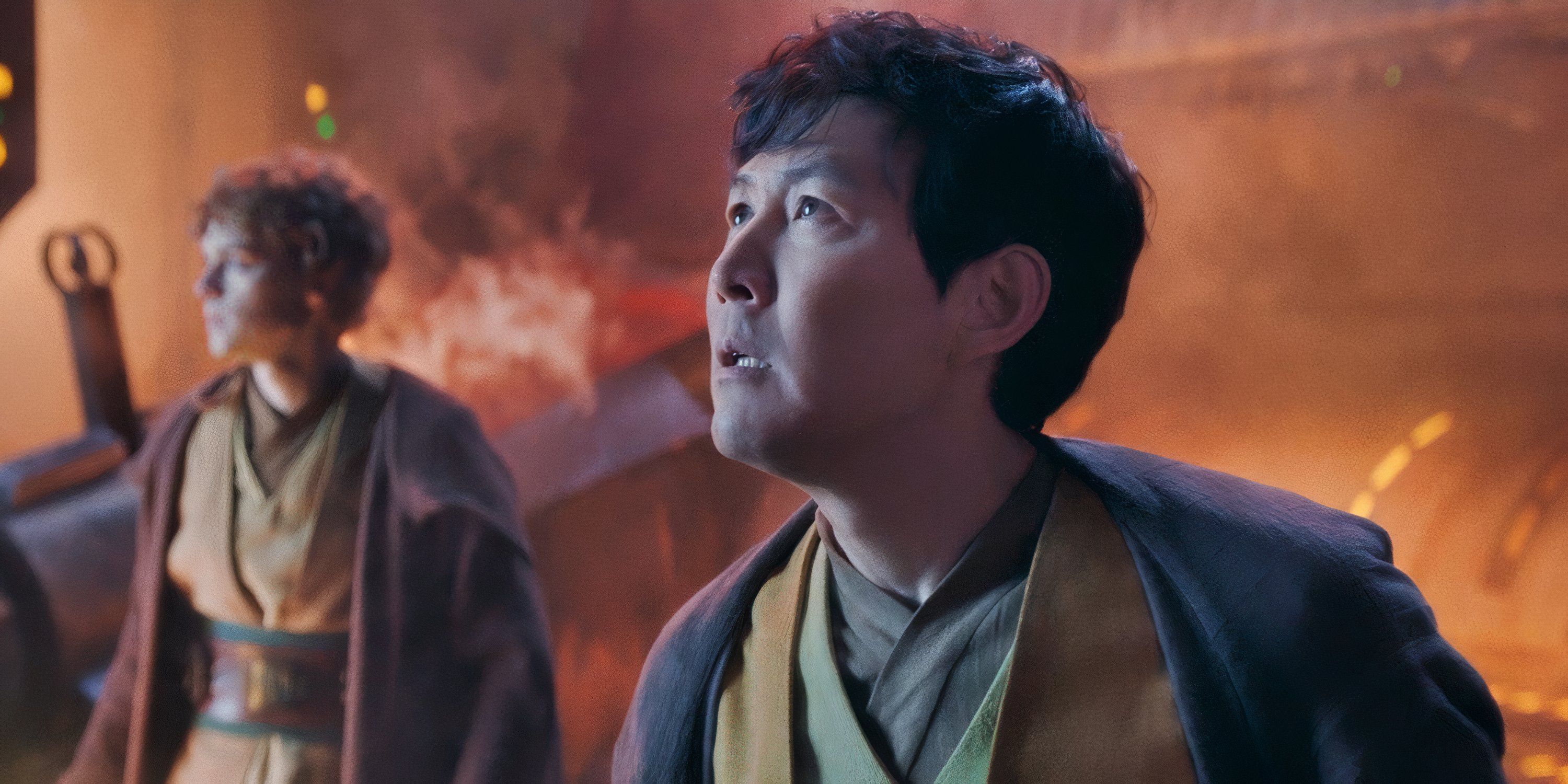
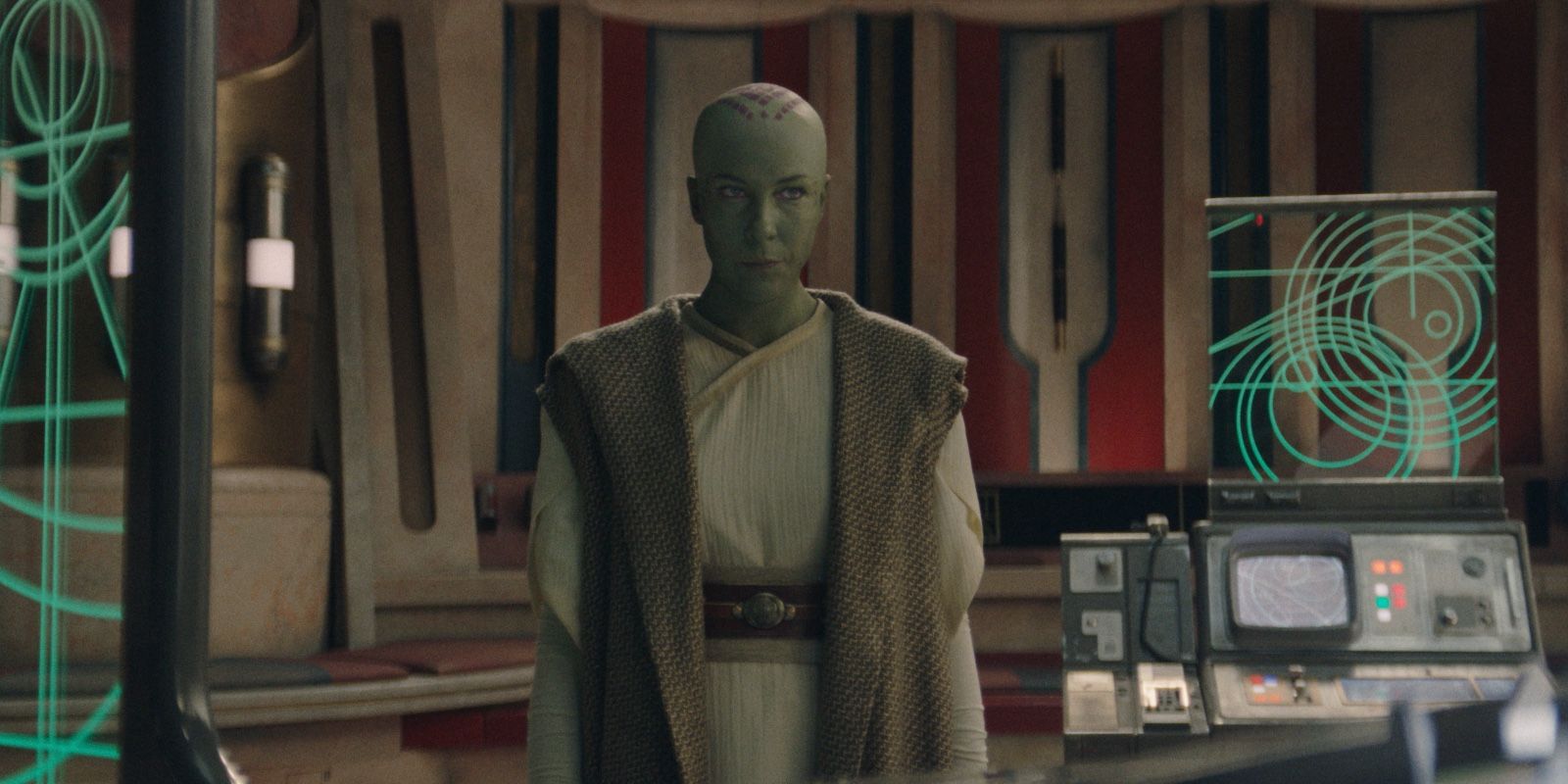
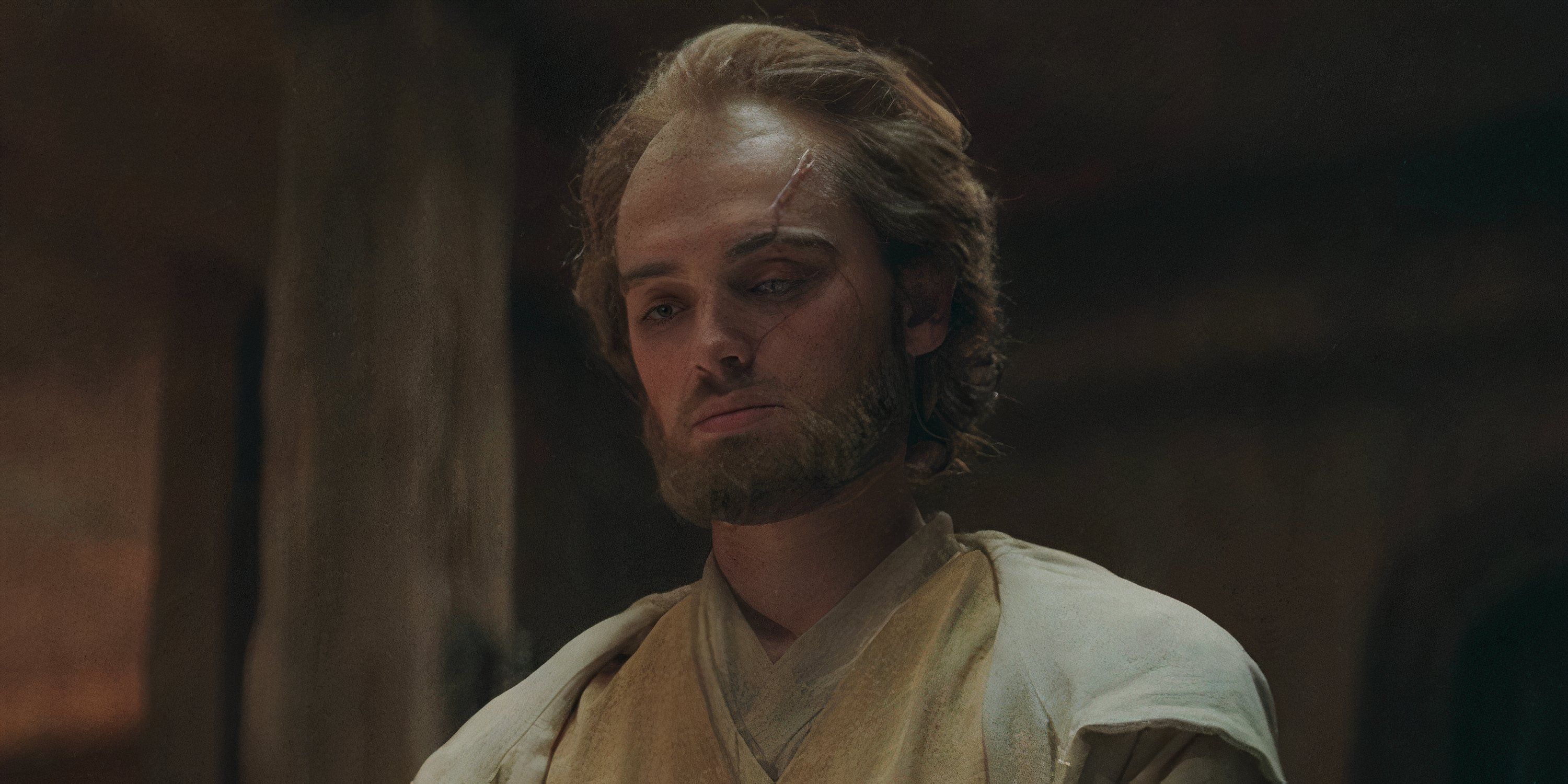
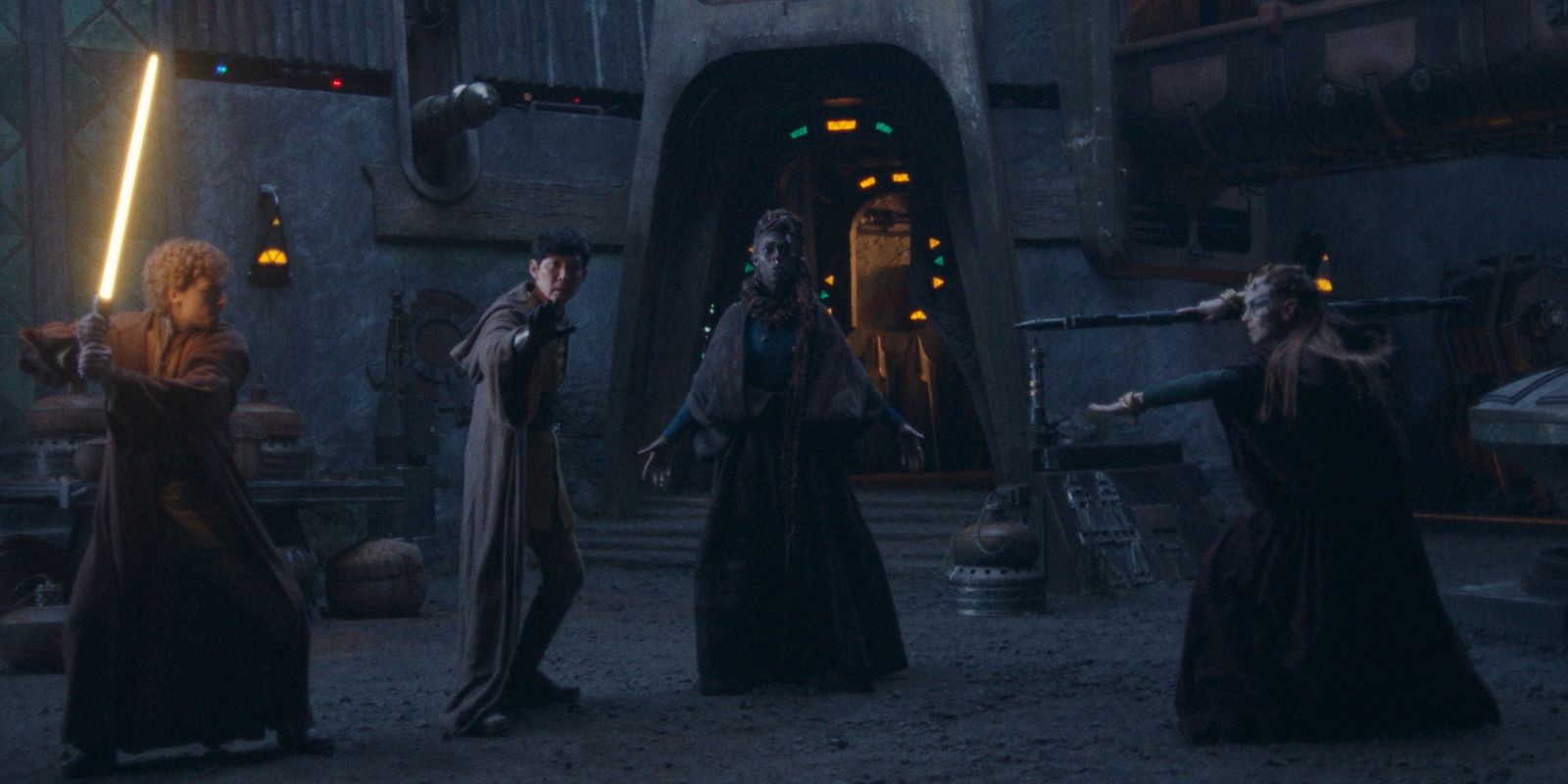
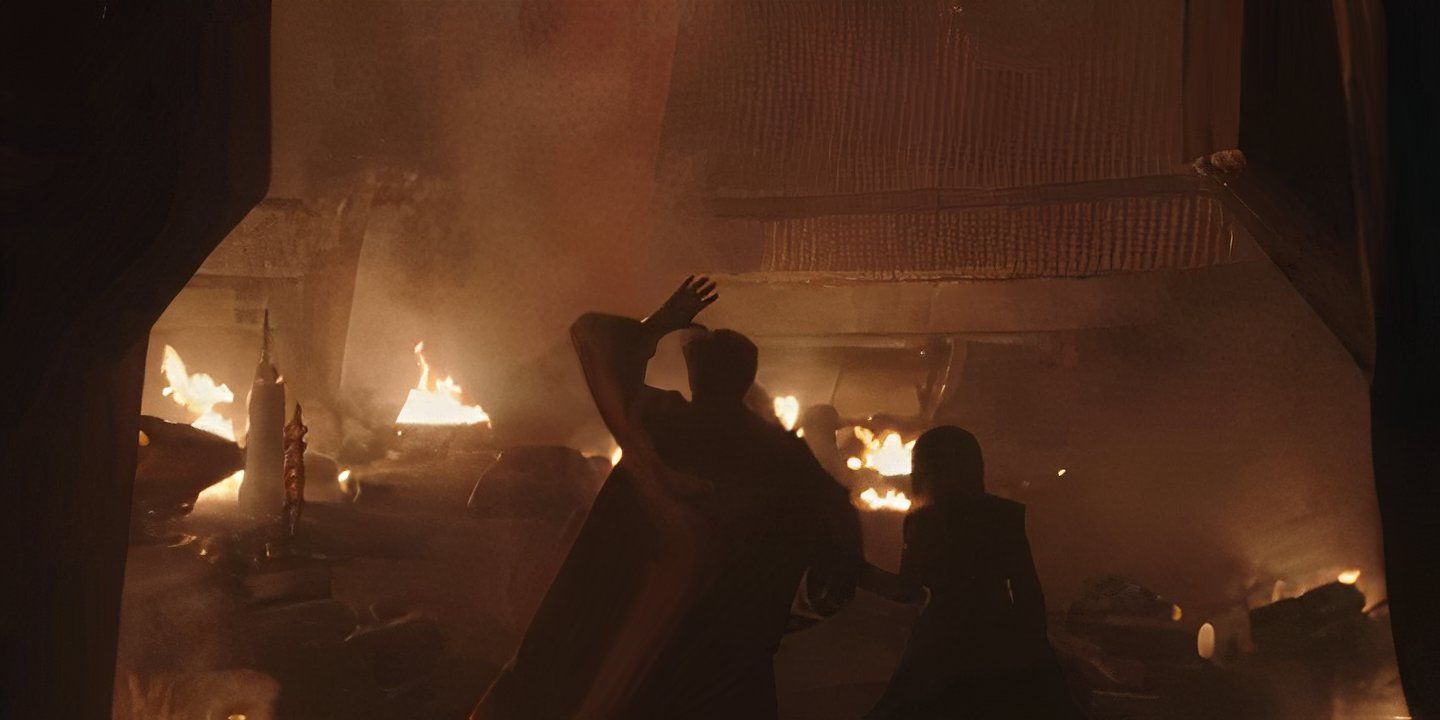
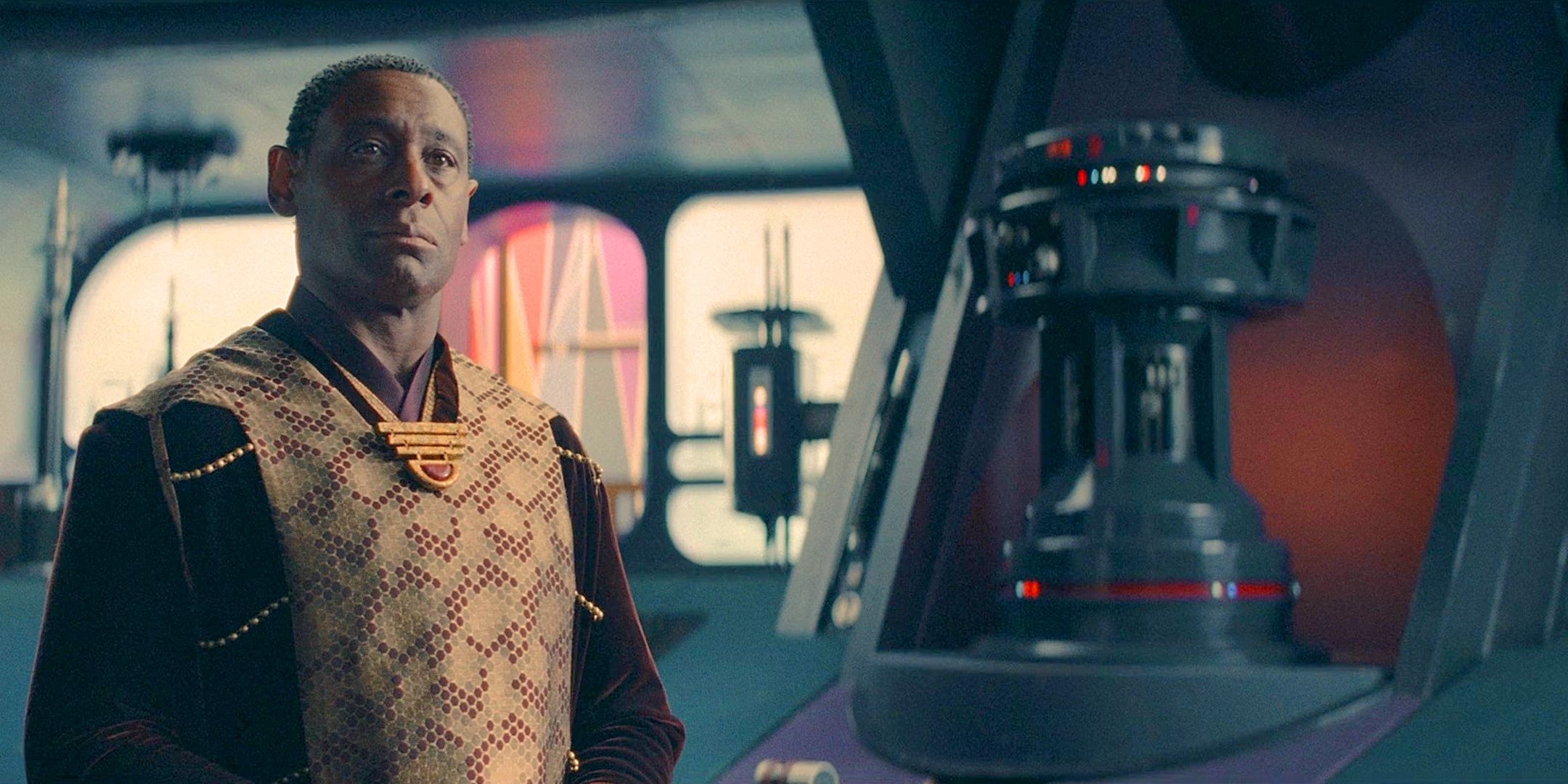






Much of this story was revealed in Episode 3 of The Acolyte, “Destiny,” but more was revealed in the series’ seventh episode, “Choice.” Here, it was revealed that the Jedi were exploring a vergence in the Force on Brendok and had become concerned by the witches’ apparent use of the dark side. While being tested by the Jedi, Mae spoke about the Ascension ritual she and Osha were due to undergo, with her vague understanding leading her to give the impression the ritual involved a sacrifice. Blood tests revealed to the Jedi that the twins were not twins at all, but one person split into two, created through the Force. Sol became more determined to rescue the twins — or at least Osha — from the witches’ influence. The Jedi then returned to the witches’ fortress on the night Mae started the fire, leading to tragedy.
Upon the Jedi’s arrival, they were met with hostility from the witches and a showdown broke out between Torbin and Koril. As they stood, ready to attack one another, Aniseya started to use her magic, transforming herself and Mae into dark smoke. Sol, acting to prevent what seemed to be a hostile action, stabbed Aniseya, killing her. With her dying breath, she confessed she was going to let Osha go with the Jedi. The witches later took control of Kelnacca’s mind, turning the Wookiee Jedi against his comrades. Indara used the Force to sever the connection, unwittingly killing the witches as she did so. When Sol entered the burning fortress, he found Mae and Osha facing each other on either side of a broken bridge, which started to collapse. Though he tried to save them both, Sol only had the strength to hold up one end of the bridge, and he chose Osha, allowing Mae to fall as he rescued her twin.
When the Jedi brought Osha back to their ship, they agreed to conceal their role in the witches’ deaths from the High Council, so that Osha would be allowed to train under Sol. Osha grew up unable to move past the death of her family, never knowing it was her own master who killed her mother. Mae, meanwhile, survived the fall and came to be trained by the Stranger, a mysterious Sith Lord. When Mae started killing Jedi, Master Vernestra Rwoh believed Osha was a culprit and ensured the incidents were hidden from the Jedi Council, so that the Senate would not catch wind of a former Jedi turning against the Order, potentially emboldening the Jedi’s political opponents. Later, following Sol’s death at the hands of a corrupted Osha, Vernestra lied again to the Senate, to cover up the truth of the twins and the Stranger — Vernestra’s own former Padawan — by blaming Sol for the Jedi’s murders.
The High Republic’s Jedi Act With Greater Freedom Than the Prequels’ Jedi
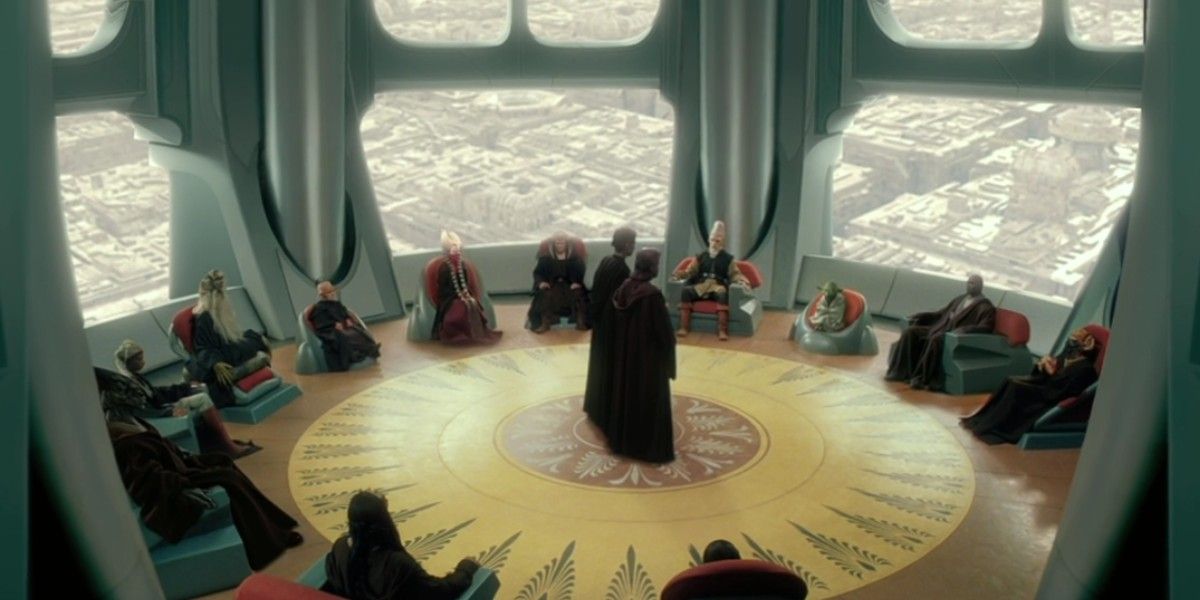
The prequels and more recent Star Wars releases have explored the workings of the Jedi Order in the years leading up to their downfall at the end of the Clone Wars, painting a picture of the Jedi Order that is starkly different from that of the Jedi as they existed during the High Republic. Stories set in Star Wars‘ new High Republic era, including The Acolyte, have shown the Jedi Order’s presence being strong and pronounced across the galaxy. High Republic Jedi were stationed at Jedi temples and outposts across the galaxy. They were able to respond to open petitions for Jedi assistance on the galactic frontier. Often, as shown in The Acolyte, large teams of Jedi would be sent on assignments together. Much of this changed after the High Republic era.
The Star Wars prequel trilogy and animated series set during the final years of the old Jedi Order, such as Star Wars: The Clone Wars and Tales of the Jedi, showed the Jedi working under far more restrained procedures and practices. In the new Star Wars canon, it was rare for any Jedi temples other than the primary Jedi Temple on Coruscant to show up in the prequel era. Almost all Jedi were usually stationed here, at the galactic capital, only leaving while on assignment. The system of Jedi being able to respond to petitions for aid of their choice had also vanished, with Jedi usually being assigned to missions by the High Council. Additionally, it became much rarer to see large groups of Jedi on assignments together, with the majority of missions being carried out by between one and four Jedi.
The Acolyte Season 2 Could See the Jedi Start to Change
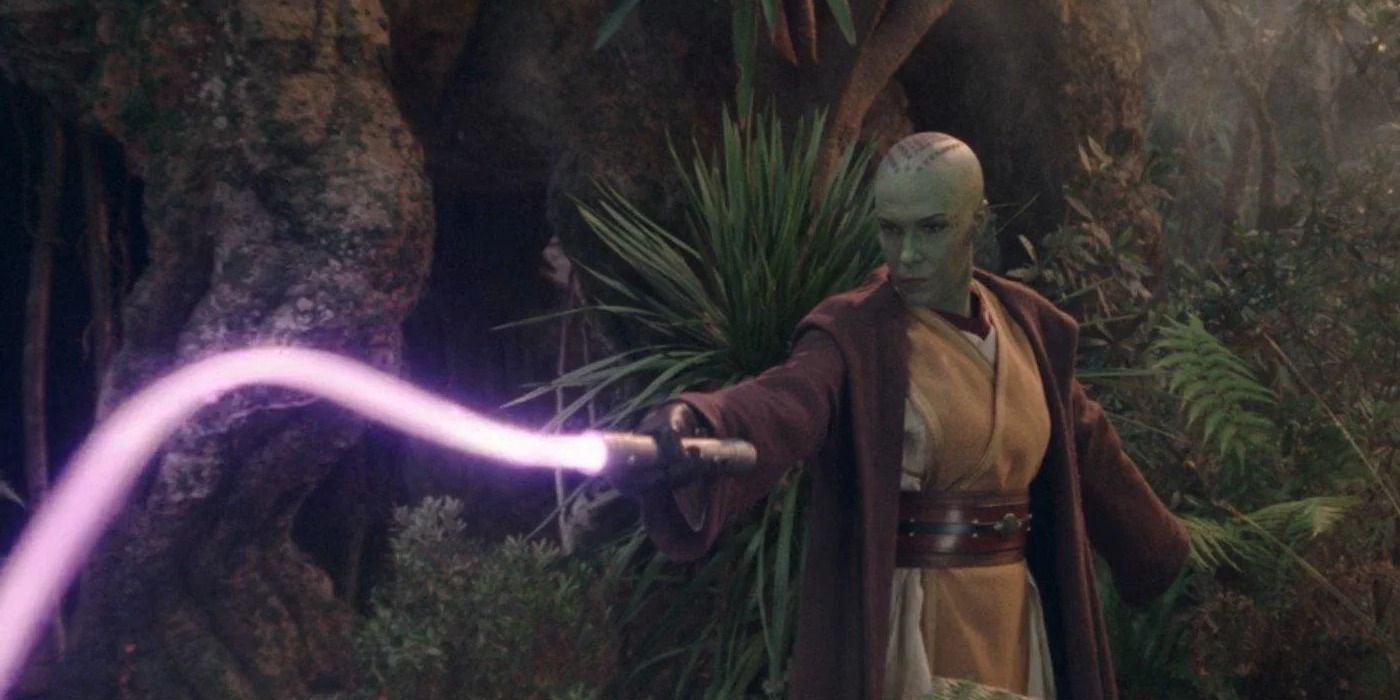
Such a change to the Jedi Order in the second season of The Acolyte could start to connect the end of the High Republic era to the start of the prequel trilogy era — a period officially dubbed the Fall of the Jedi. This could lead to the Jedi of The Acolyte Season 2 facing even more obstacles and opposition from the bureaucrats of the Senate. It would also build on the earliest signs of this transition from the High Republic to the Fall of the Jedi, which arose following the destruction of Starlight Beacon. The comic series Star Wars: The High Republic – Shadows of Starlight saw the Jedi responding to this catastrophe caused by the space pirates known as the Nihil with the activation of the Guardian Protocols. Part of these protocols saw the Jedi abandoning the traditionally ornate lightsaber designs of the High Republic era in favor of more simplistic “battle sabers” — like the lightsabers seen on The Acolyte.
All episodes of The Acolyte, Season 1 are now streaming on Disney+.

